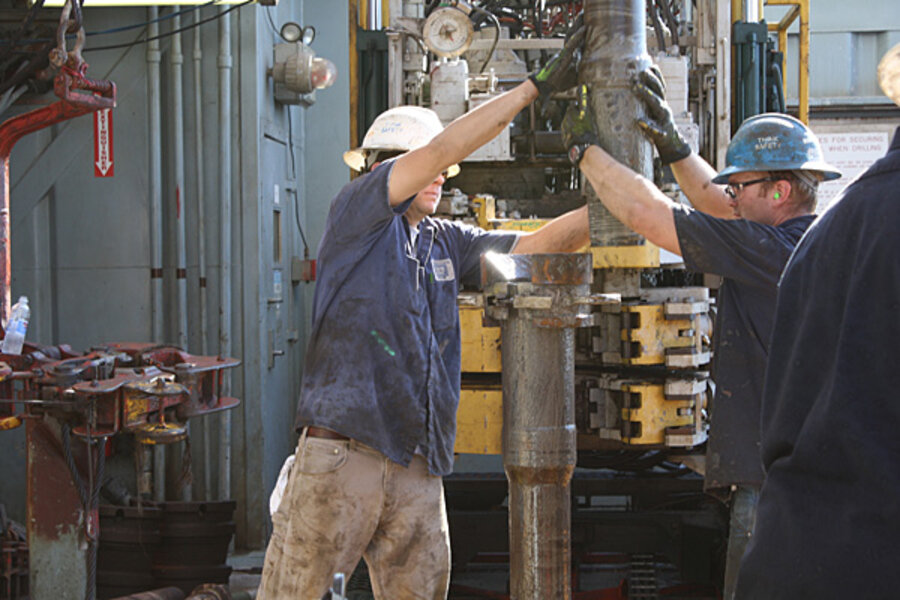The $1.5 trillion oil find in the Gulf of Mexico
Loading...
The Lower Tertiary is considered by many to be the final frontier of oil exploration in the Gulf of Mexico, where, until recently, production was forecast to decline. The post-dinosaur era geological formation was originally thought to be devoid of oil, but recent exploration has proven otherwise.
This turnaround began in 1996, when Robert Ryan, then a geologist with Texaco, pursued a hunch about an ultra-deep water geological play. For a fuller accounting of this story, Edward Klump recently wrote a fantastic, in-depth piece for Bloomberg News on the history of this development. (Related Article: Nigeria becoming World’s 1st Failed Petrostate?)
In 1996, four companies—Texaco, Royal Dutch Shell, Amoco, and Mobil— came together to drill an experimental, ultra-deep water well in the Gulf of Mexico. Known as BAHA, the well was 7,625 feet deep, deeper than any that had been previously attempted. Unfortunately, both BAHA 1 (1996) and BAHA 2 (2001) came up dry. Normally, dry wells would deter future drilling, but the success of the BAHA projects was in proving that a massive trove of oil existed where no one thought possible in the Lower Tertiary—we just needed the technology to get to it economically.
The first oil sourced from the Lower Tertiary began flowing in mid-2010 from the Perdido project, the world’s deepest offshore facility jointly owned by Shell, Chevron, and BP. Production stalled shortly after start-up, however, as deep water drilling was shut down in the wake of BP’s Deepwater Horizon disaster. Over 4 million barrels of oil spilled, $40 billion in clean up costs, and an incalculable loss of public trust later, oil companies are pushing ahead once again.
Like the shale revolution on land, new technology is the key to the newfound success of Lower Tertiary exploration. New seismic tools allow explorers to see through layers of salt deposits that had previously blocked sub-salt geological mapping. This has also translated into a very respectable success rate—Lower Tertiary drilling has yielded a 40% average commercially viable success rate, well above the 30% global average.
It is still highly risky, however, as drilling to these depths requires massive capital investment. The ultra-deep water rigs used in these operations cost more than $100 million and an additional $1 million per day to operate. Any failure can cause significant damage to investor confidence, as experienced by Cobalt International Energy, an oil exploration firm that saw its stock drop 14% in a single day after reporting that a Lower Tertiary exploratory well came up dry this past August. (Related Article: How Events in Syria Affect the Global Oil Markets)
Despite the risks, the rewards remain compelling as the Lower Tertiary is thought to contain 15 billion barrels of oil, or more than $1.5 trillion worth based on current prices. Compare these numbers to the EIA’s current 29 billion barrel U.S. reserve estimate and the scale of the Lower Tertiary becomes clear.
The oil industry is quickly mobilizing to make the most of this new play. Wood Mackenzie, an industry research firm, estimates that in two years as many as 60 deep water rigs—twice as many as early 2010—will be operating in the Gulf and that they will be pumping up to 2 million barrels per day—almost twice the volume that was produced from the region in June of this year.
The full extent of the Lower Tertiary’s impact on aggregate production is still unknown, but it is guaranteed to be another boon to a once-ailing U.S. oil industry.
Original article: http://oilprice.com/Energy/Energy-General/The-Lower-Tertiary-A-1.5-Trillion-Oil-Frontier.html







